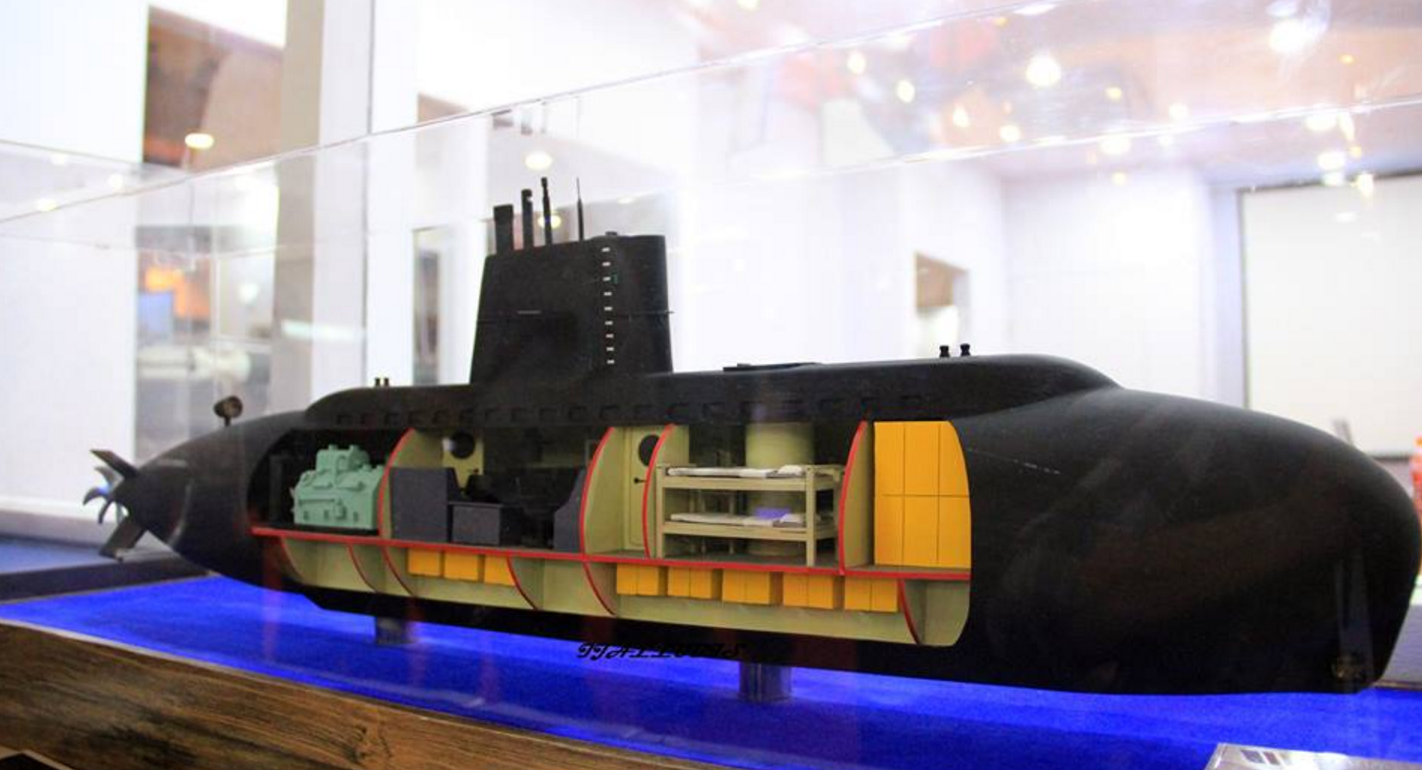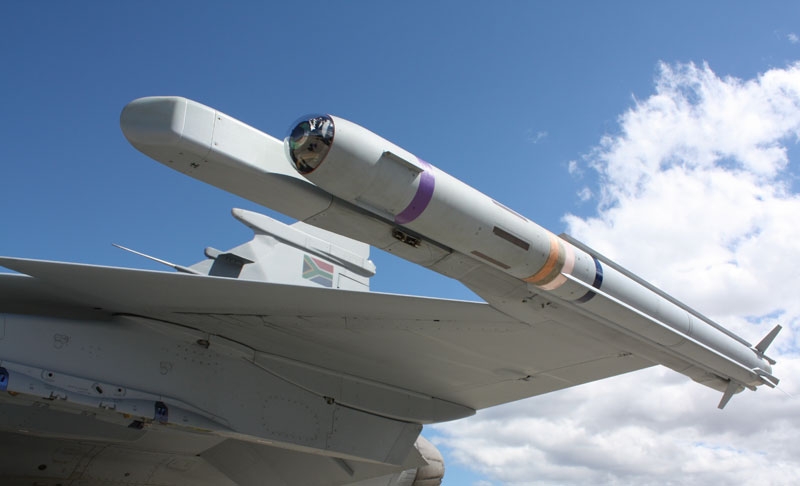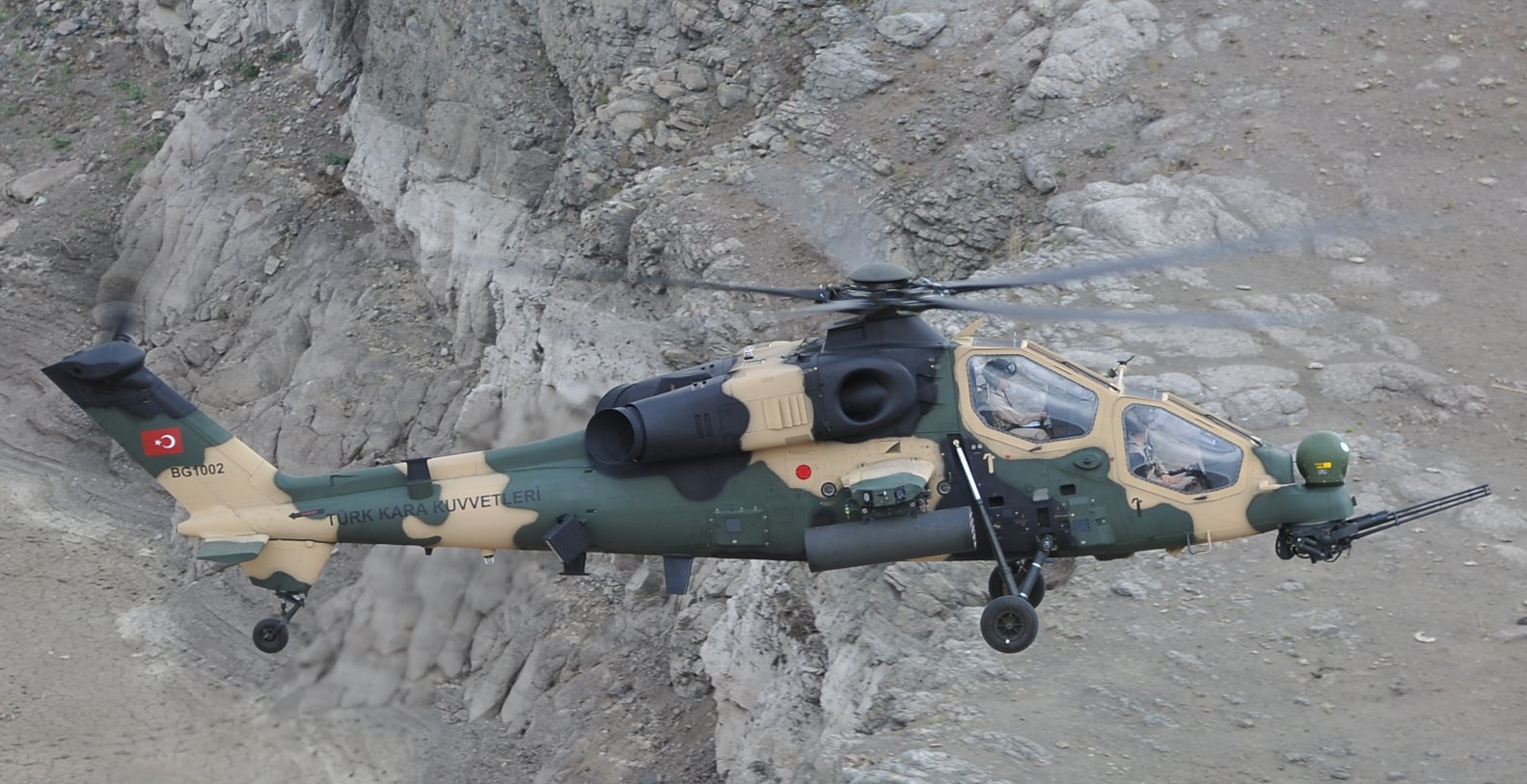2467Views 0Comments

Indonesia’s PT Palindo Marine showcases mini-submarine design
Indonesian shipbuilder PT Palindo Marine has showcased its mini-submarine design, named Kapal Selam Mini, at Indo Defence 2016
The 22-metre submarine is intended for special forces operations in littoral waters (IHS Jane’s). Thus, the Kapal Selam Mini submarine does not possess torpedo tubes, which larger conventional submarines use to carry anti-submarine warfare torpedoes and anti-ship missiles.
As per IHS Jane’s, PT Palindo Marine will begin constructing the prototype and technology demonstrator boat in 2017 with the aim of completing it in 2019.
The Kepal Selam Mini was collaboratively designed by Indonesia’s Ministry of Defence, University of Indonesia, and PT Palindo Marine, Institut Teknologi Sepuluh Nopember (IHS Jane’s).
The Kapal Selam Mini will carry a crew of five alongside seven special forces operatives. The submarine will have a submerged displacement of 127.1 tons. It will be able to remain submerged without snorkeling for up to three days and dive to up to 150 metres.
Notes & Comments:
The Kepal Selam Mini is a very lightweight submarine, though PT Palindo Marine’s decision to omit armaments is a notable decision considering that older designs, such as the Italian MG110, possess torpedo tubes. There could be a case of managing complexity, but one should not preclude further design changes between the technology demonstrator under construction and what could ultimately be in the product catalogue.
The Indonesian Navy expressed interest in acquiring midget submarines to patrol its littoral waters, which is a valid need since Indonesia is an archipelago. With numerous islands, each sustaining major segments of the total Indonesian economy, one can understand Jakarta’s interest in maintaining the security of its coasts, which can emanate conventional and asymmetrical military threats, and from crime (e.g. piracy).
If the Kepal Selam Mini comes to fruition and if Indonesia matures the design, PT Palindo Marine could one day have an internationally competitive design on its hands. Numerous segments of the worldwide defence industry are bifurcating between very expensive, but very capable, high-end solutions, and very inexpensive, but relatively very capable, low-end solutions. This is plainly evident in the combat aircraft market, which is seeing many developing world air forces embrace turboprop-powered attack aircraft.
The submarine market could be worth examining in that respect. A low-cost but capable anti-access and area denial submarine could be of interest to many countries, which may not be able to enter the current marketplace due to cost. DCNS and ThyssenKrupp Marine Systems toyed with the idea (through the SMX-23 and Type 210mod, respectively), but in contrast to France and Germany, PT Palindo Marine’s small conventional submarine initiative is being backed by domestic need.


